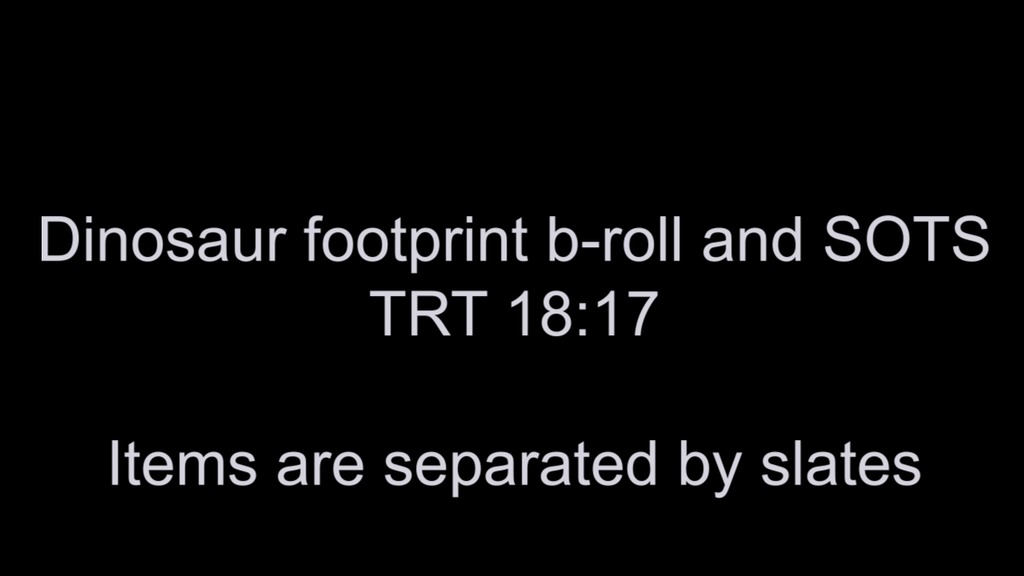Cretaceous-Era Dinosaur Prints Found at Goddard Space Flight Center
This visualization begins with a satellite view of the NASA Goddard campus. A marker appears to show where a nodosaur print from the Cretaceous-era was found. The camera then zooms out to a global view, which is then compared to a similar view of a Cretaceous-era Earth. Differences in ice coverage, CO2 concentration, and sea level are described before surface air temperature data for both time periods fades in, showing that the Cretaceous era was much warmer than modern day.
This video is also available on our YouTube channel.
A newly discovered assemblage of predominantly small tracks from the Cretaceous Patuxent Formation at NASA’s Goddard Space Flight Center, Maryland, reveals one of the highest track densities and diversities ever reported (~70 tracks, representing at least eight morphotypes from an area of only ~2 m2). The assemblage is dominated by small mammal tracks including the new ichnotxon Sederipes goddardensis, indicating sitting postures. Small crow-sized theropod trackways, the first from this unit, indicate social trackmakers and suggest slow-paced foraging behavior. Tracks of pterosaurs, and other small vertebrates suggest activity on an organic-rich substrate. Large well-preserved sauropod and nodosaurs tracks indicate the presence of large dinosaurs. The Patuxent Formation, together with the recently reported Angolan assemblage, comprise the world’s two largest Mesozoic mammal footprint assemblages. The high density of footprint registration at the NASA site indicates special preservational and taphonomic conditions. These include early, penecontemporaneous deposition of siderite in organic rich, reducing wetland settings where even the flesh of body fossils can be mummified. Thus, the track-rich ironstone substrates of the Patuxent Formation, appear to preserve a unique vertebrate ichnofacies, with associated, exceptionally-preserved body fossil remains for which there are currently no other similar examples preserved in the fossil record.
Same video as above, without text/titles.
Zoom from NASA Goddard campus out to global view.
NASA Goddard Space Flight Center image licensed under NextView © 2016 DigitalGlobe, Inc.
Spinning Earth with Cretaceous-era average surface air temperature data
Spinning Earth with modern average surface air temperature data
Global view with a camera rotation down to see ice on the South Pole.
Global view with a camera rotation down to see no ice in a Cretaceous-era climate.
Spinning globe depicting Cretaceous-era geography.
Credits
Please give credit for this item to:
NASA's Scientific Visualization Studio.
NASA Goddard Space Flight Center image licensed under NextView © 2016 DigitalGlobe, Inc.
-
Visualizer
- Kel Elkins (USRA)
-
Producer
- Swarupa Nune (InuTeq)
-
Scientist
- Compton Tucker (NASA/GSFC)
Release date
This page was originally published on Wednesday, January 31, 2018.
This page was last updated on Sunday, January 5, 2025 at 11:08 PM EST.
Datasets used
-
MERRA
ID: 684
Note: While we identify the data sets used on this page, we do not store any further details, nor the data sets themselves on our site.
